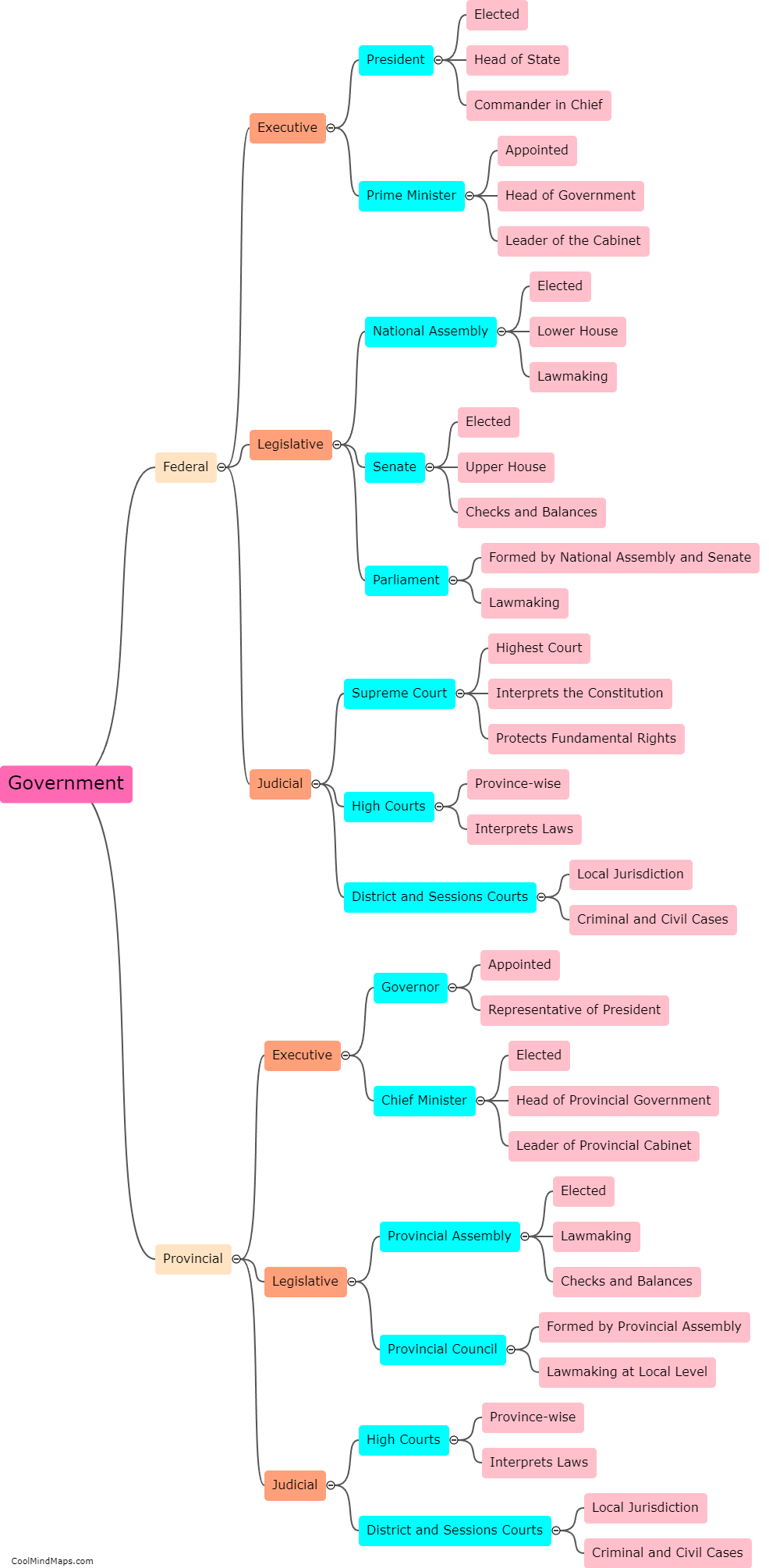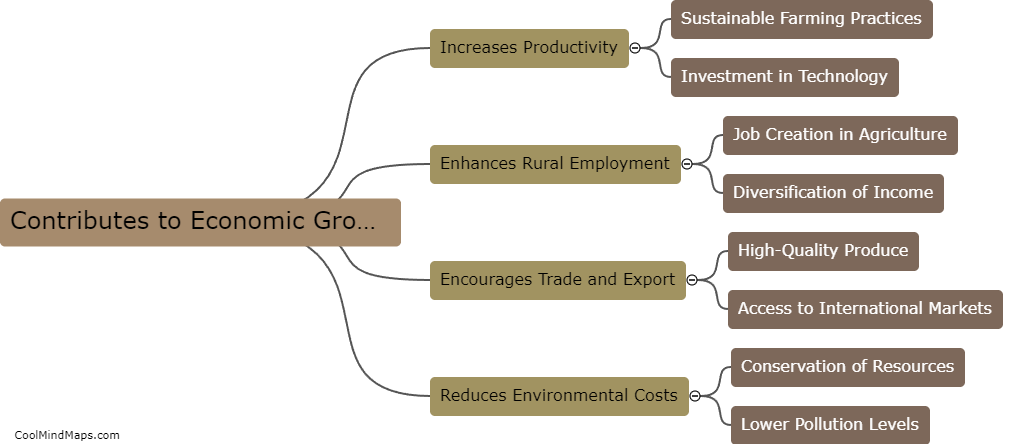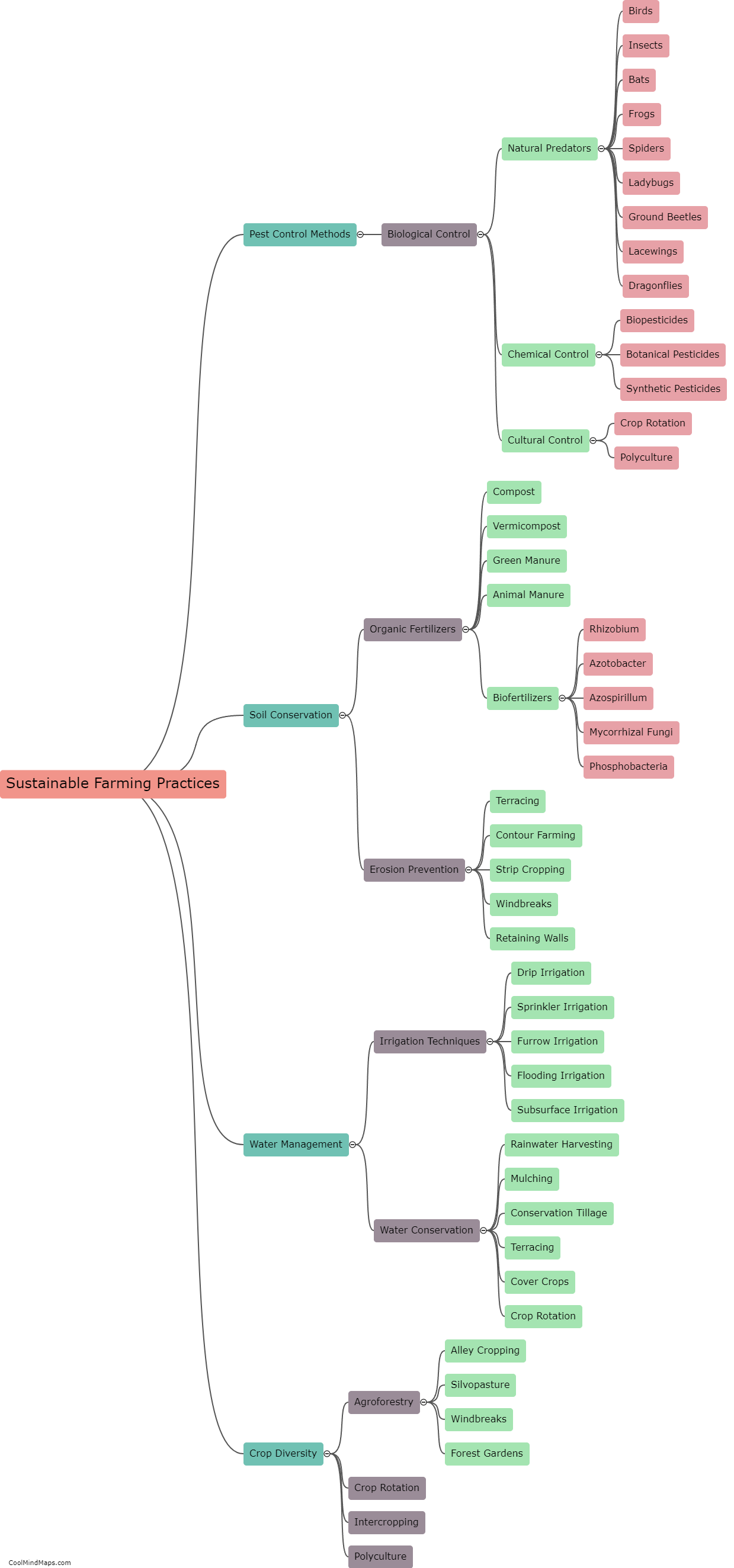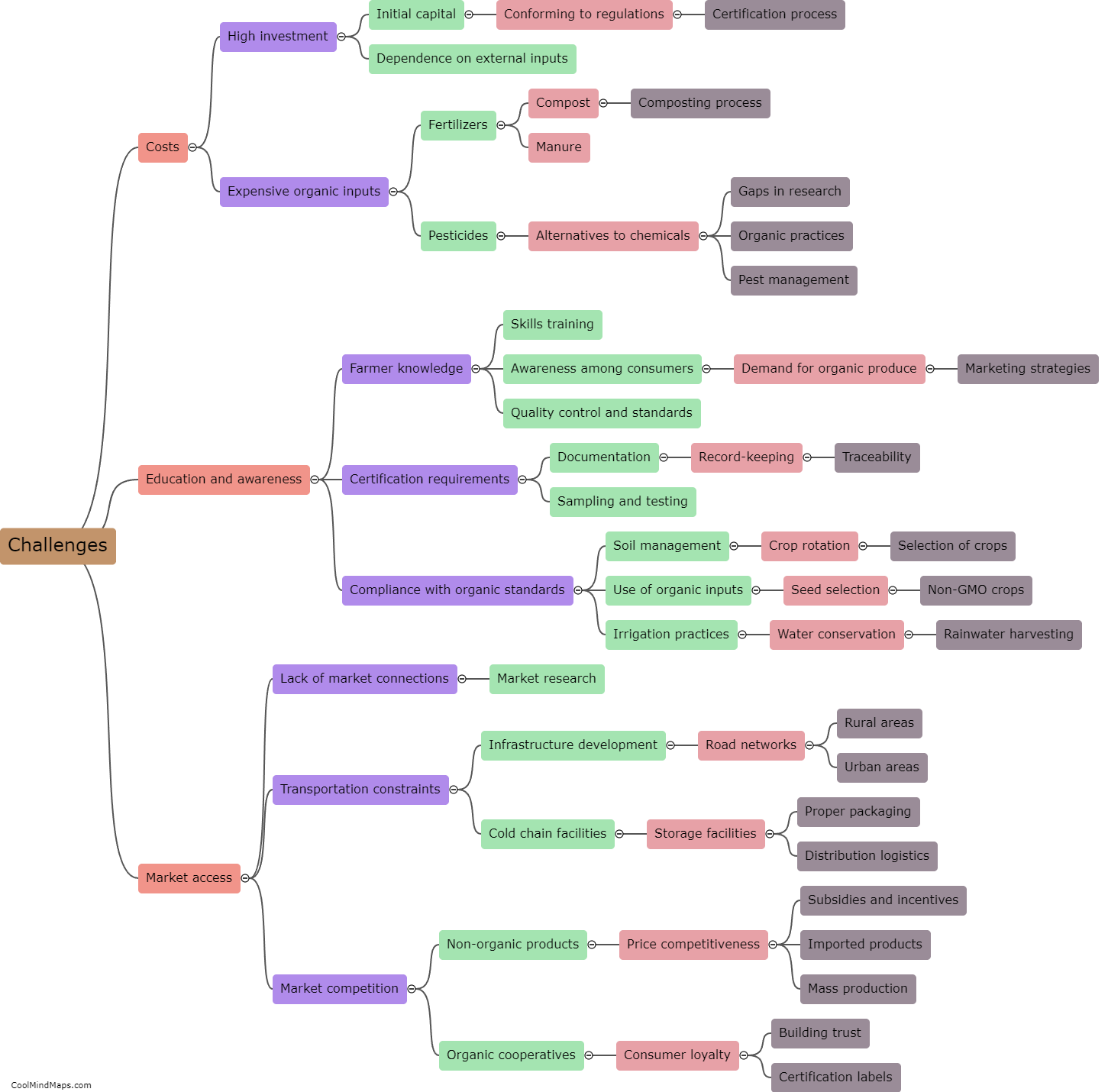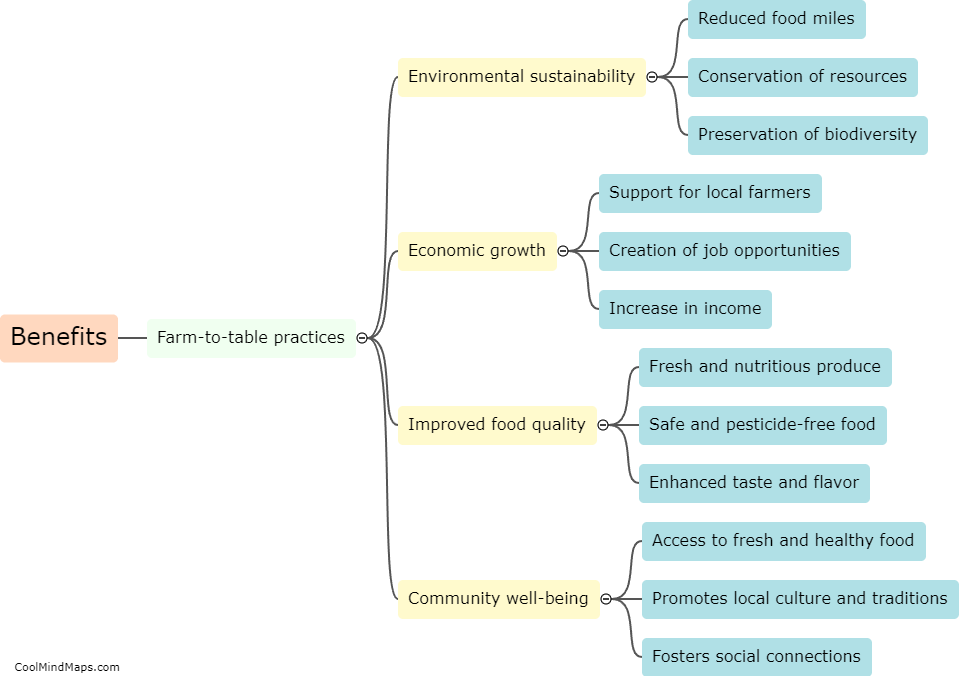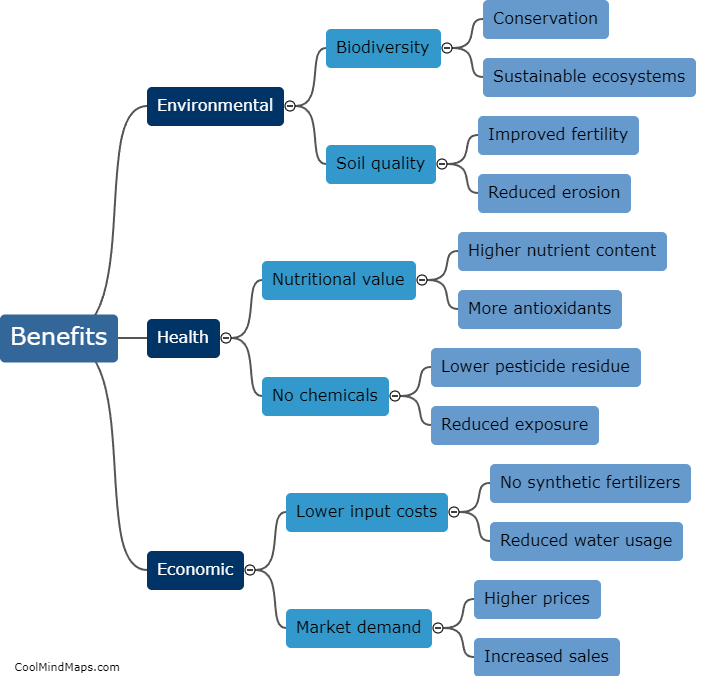What are the key components of an effective farm-to-table supply chain?
An effective farm-to-table supply chain comprises several key components that ensure the smooth transition of food products from farms to consumers' tables. The first component is efficient sourcing, where farmers carefully select and grow high-quality crops or raise livestock. Close collaboration between farmers and food processors is crucial to maintain product integrity during transportation and processing. Another critical component is a reliable distribution network that guarantees the timely and safe delivery of the products to retailers or restaurants. Effective communication and technology play a pivotal role, allowing suppliers, distributors, and retailers to track products, manage inventory, and respond promptly to any issues. Lastly, strong relationships and transparency throughout the supply chain foster trust, integrity, and ethical practices, ensuring consumers benefit from fresh, nutritious, and locally sourced food.

This mind map was published on 2 July 2023 and has been viewed 104 times.

